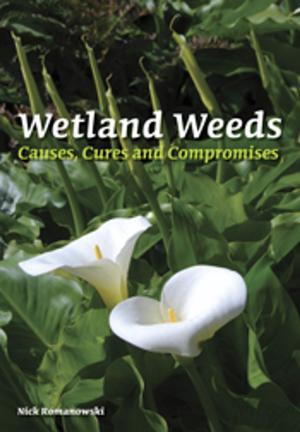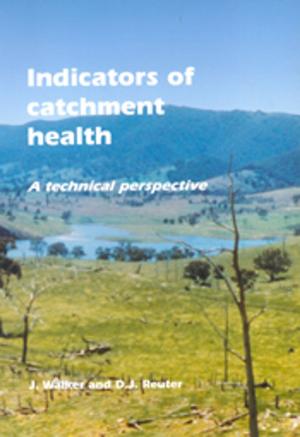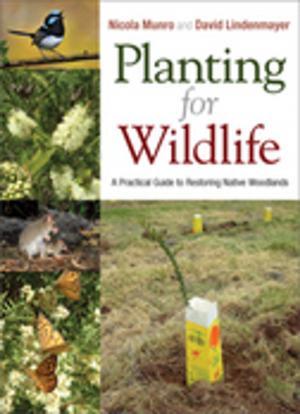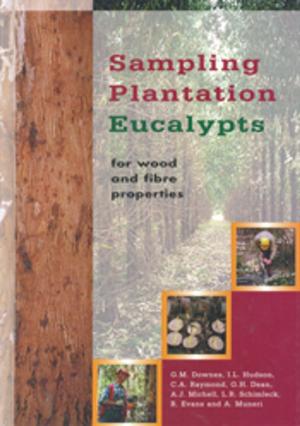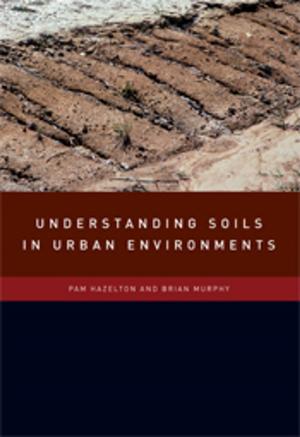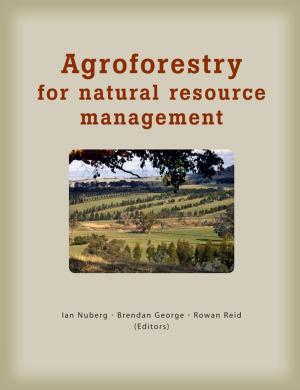Plankton
A Guide to Their Ecology and Monitoring for Water Quality
Nonfiction, Science & Nature, Nature, Science, Health & Well Being, Health| Author: | ISBN: | 9781486308811 | |
| Publisher: | CSIRO PUBLISHING | Publication: | April 1, 2019 |
| Imprint: | CSIRO PUBLISHING | Language: | English |
| Author: | |
| ISBN: | 9781486308811 |
| Publisher: | CSIRO PUBLISHING |
| Publication: | April 1, 2019 |
| Imprint: | CSIRO PUBLISHING |
| Language: | English |
Healthy waterways and oceans are essential for our increasingly urbanised world. Yet monitoring water quality in aquatic environments is a challenge, as it varies from hour to hour due to stormwater and currents. Being at the base of the aquatic food web and present in huge numbers, plankton are strongly influenced by changes in environment and provide an indication of water quality integrated over days and weeks. Plankton are the aquatic version of a canary in a coal mine. They are also vital for our existence, providing not only food for fish, seabirds, seals and sharks, but producing oxygen, cycling nutrients, processing pollutants, and removing carbon dioxide from our atmosphere. This Second Edition of Plankton is a fully updated introduction to the biology, ecology and identification of plankton and their use in monitoring water quality. It includes expanded, illustrated descriptions of all major groups of freshwater, coastal and marine phytoplankton and zooplankton and a new chapter on teaching science using plankton. Best practice methods for plankton sampling and monitoring programs are presented using case studies, along with explanations of how to analyse and interpret sampling data. Plankton is an invaluable reference for teachers and students, environmental managers, ecologists, estuary and catchment management committees, and coastal engineers.
Healthy waterways and oceans are essential for our increasingly urbanised world. Yet monitoring water quality in aquatic environments is a challenge, as it varies from hour to hour due to stormwater and currents. Being at the base of the aquatic food web and present in huge numbers, plankton are strongly influenced by changes in environment and provide an indication of water quality integrated over days and weeks. Plankton are the aquatic version of a canary in a coal mine. They are also vital for our existence, providing not only food for fish, seabirds, seals and sharks, but producing oxygen, cycling nutrients, processing pollutants, and removing carbon dioxide from our atmosphere. This Second Edition of Plankton is a fully updated introduction to the biology, ecology and identification of plankton and their use in monitoring water quality. It includes expanded, illustrated descriptions of all major groups of freshwater, coastal and marine phytoplankton and zooplankton and a new chapter on teaching science using plankton. Best practice methods for plankton sampling and monitoring programs are presented using case studies, along with explanations of how to analyse and interpret sampling data. Plankton is an invaluable reference for teachers and students, environmental managers, ecologists, estuary and catchment management committees, and coastal engineers.




